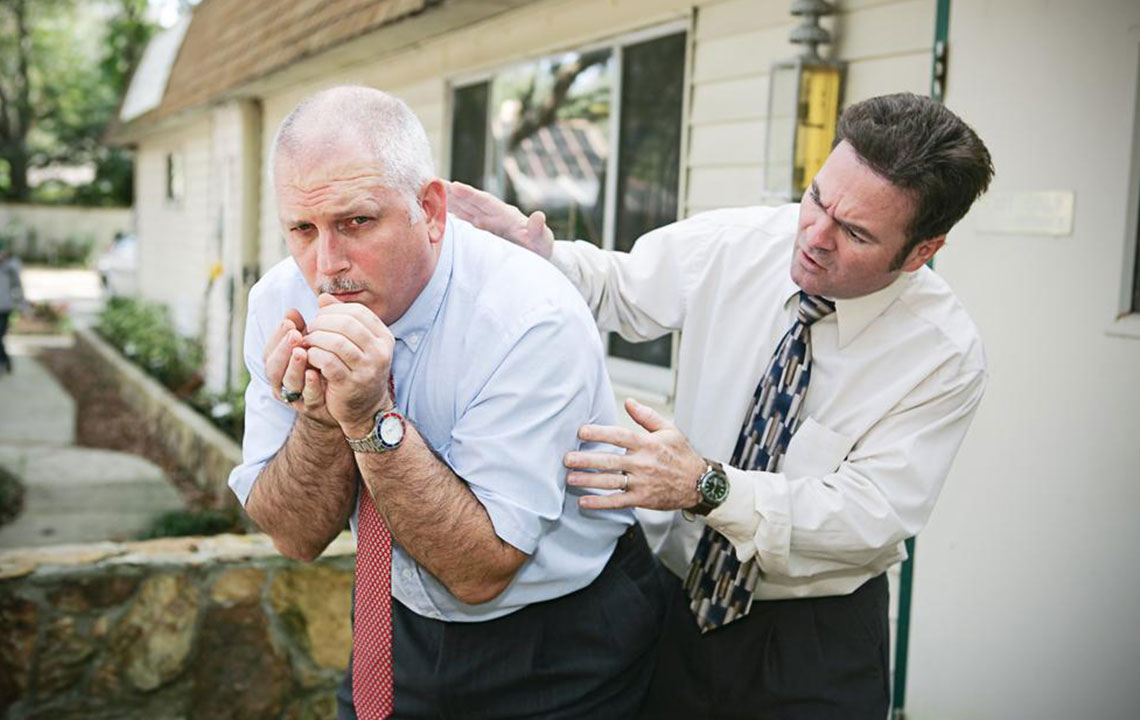Comprehensive Guide to Identifying the Key Symptoms of Pneumonia
This comprehensive article explores the vital signs and symptoms of pneumonia, emphasizing early detection and treatment. It provides detailed insights into the different types, causes, and severity of pneumonia, highlighting the importance of prompt medical intervention, preventive measures, and community awareness to reduce severe complications and save lives.

Comprehensive Guide to Identifying the Key Symptoms of Pneumonia
Pneumonia is a serious respiratory infection that inflames the alveoli, the tiny air sacs in the lungs responsible for oxygen exchange. When these sacs become filled with fluid, pus, or other inflammatory material, the body's ability to absorb oxygen is compromised, which may lead to severe health complications. Recognizing the early signs and symptoms of pneumonia is crucial for timely diagnosis and treatment, especially for vulnerable populations such as children, the elderly, and those with weakened immune systems.
Pneumonia can manifest in different forms, categorized based on the affected lung regions and causative agents. Lobar pneumonia involves infection confined to a specific lobe, while multilobar pneumonia affects multiple parts of one or both lungs. This condition can be unilateral, impacting only one lung, or bilateral, involving both lungs, which often indicates a more severe infection. The disease affects individuals across all age groups but poses heightened risks for children under five and adults over 65 due to their comparatively weaker immune defenses.
Infections leading to pneumonia can be bacterial, viral, or even fungal in origin. Bacterial pneumonia is common among adults, often caused by Streptococcus pneumoniae, while viral pneumonia frequently results from influenza viruses, respiratory syncytial virus (RSV), or other common respiratory viruses, particularly in children. Recognizing the specific symptoms associated with each type can help healthcare professionals determine appropriate treatment strategies promptly.
Complications from pneumonia can be severe, including lung abscesses, pleural effusion (fluid build-up around the lungs), or respiratory failure. The immune system's weakened state due to pneumonia also predisposes individuals to secondary infections, making early detection vital. Understanding the symptoms allows individuals and caregivers to seek medical attention before the disease progresses to dangerous levels.
Primary Symptoms Indicating Potential Pneumonia
Recognizing the common signs of pneumonia is essential for early diagnosis and effective treatment. The primary symptoms often include:
High fever accompanied by chills: A sudden onset of high fever paired with chills is a hallmark symptom. The chills can be intense, causing teeth chattering, and the fever may reach as high as 105°F (40.5°C). Persistent high temperatures signal a severe infection that requires immediate medical evaluation.
Persistent cough: A severe cough that worsens over time, often dry or accompanied by mucus, is typical. The mucus may appear green, yellow, or rust-colored, indicating bacterial presence. Patients might also cough up blood, especially in advanced stages. The cough often feels irritating to the throat and causes chest tightness or discomfort.
Rapid or labored breathing: Shortness of breath, increased respiratory rate, and difficulty breathing are critical warning signs. Patients might wheeze, grunt, or exhibit increased effort to breathe, with a sensation of breathlessness that worsens with activity.
Chest pain, especially during breathing or coughing: Sharp, stabbing chest pain that intensifies during deep breaths or coughing is common. If the lower lobes are involved, patients could also experience abdominal discomfort or pain, which may be mistaken for other illnesses.
Nausea, vomiting, and gastrointestinal symptoms: Particularly in children, pneumonia can cause nausea, vomiting, and refusal to eat. These symptoms can lead to dehydration and confusion if not promptly managed, especially in young or elderly patients.
Changes in skin coloration, such as bluish lips or fingertips: Severe cases result in oxygen deprivation, leading to cyanosis. The lips, fingertips, and nails may turn bluish or gray, reflecting inadequate oxygen supply to tissues.
Anyone experiencing these symptoms should seek immediate medical attention. Pneumonia can escalate rapidly, especially if left untreated, leading to respiratory failure or systemic complications. Early clinical intervention, including antibiotics (for bacterial pneumonia), antiviral medications, or supportive care, plays a crucial role in recovery. Awareness campaigns and patient education are vital to encourage timely healthcare seeking and prevent adverse outcomes.
Prevention strategies, such as vaccination against pneumococcal bacteria and influenza, good hygiene practices, and smoking cessation, can significantly reduce the risk of developing pneumonia. For hospitalized or high-risk patients, healthcare-associated pneumonia (HAP) requires extra precautions, including sterile procedures and vigilant monitoring.





